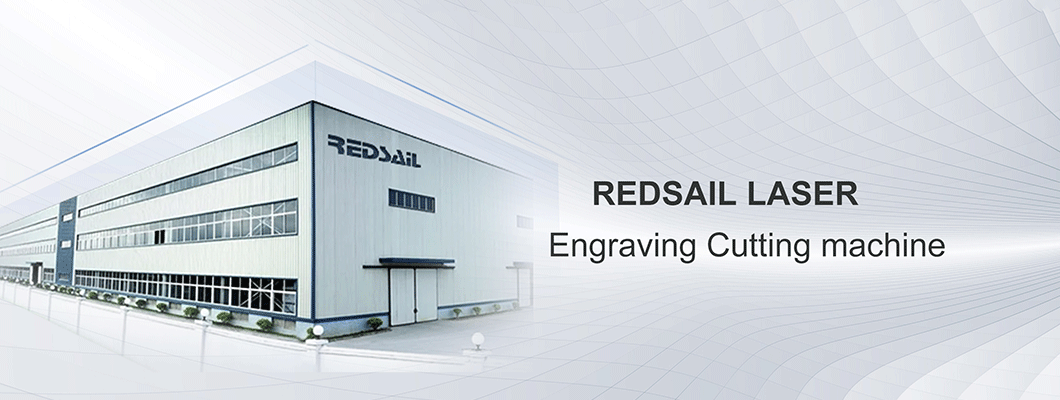
Reason for adding auxiliary gas to fiber laser cutting machine:
Auxiliary gases can react chemically with metal materials to improve cutting ability.
The auxiliary gas blows away the slag inclusions in the cutting area through the cutting head to ensure cutting quality.
It can reduce the size of the Heat-affected zone by cooling the adjacent area of the slit.
It can protect the focusing lens and prevent combustion products from contaminating the optical lens.
What is the commonly used auxiliary gas for fiber laser cutting machines? Can air be used as an auxiliary gas? Air, oxygen, nitrogen, argon.
--Air:
Air refers to a mixture of oxygen and nitrogen gas that can enter the machine directly and can be obtained using an air compressor. To save costs, we can use air to cut thinner stainless steel, such as 1mm, but there are fine burrs on the cutting surface, so we only need to sandpaper it. If cutting-edge quality is not important to you, you can choose air as the auxiliary gas. An air compressor is necessary for air.
Air compressors can be provided at a very low price. Although the air contains about 20% oxygen, the cutting efficiency is much lower than that of oxygen, almost equal to the cutting efficiency of nitrogen.
The cutting surface is yellow, suitable for materials such as aluminum, aluminum alloy, stainless steel, galvanized steel, non-metallic, etc.
--Oxygen:
Oxygen is used to cut carbon steel. Carbon steel contains a lot of carbon impurities, and oxygen can greatly increase combustion speed, improve cutting quality, and make the cutting surface smoother.
--Nitrogen:
Nitrogen is used for cutting non-ferrous metals such as stainless steel and aluminum plates. It can cool, prevent oxidation, and blow away slag. Due to the ease of oxygen cutting and blackening of this material, the use of nitrogen can avoid this blackening phenomenon.
Applicable materials:
Aluminum, aluminum alloy, stainless steel, galvanized steel plate, brass

Leave a Comment